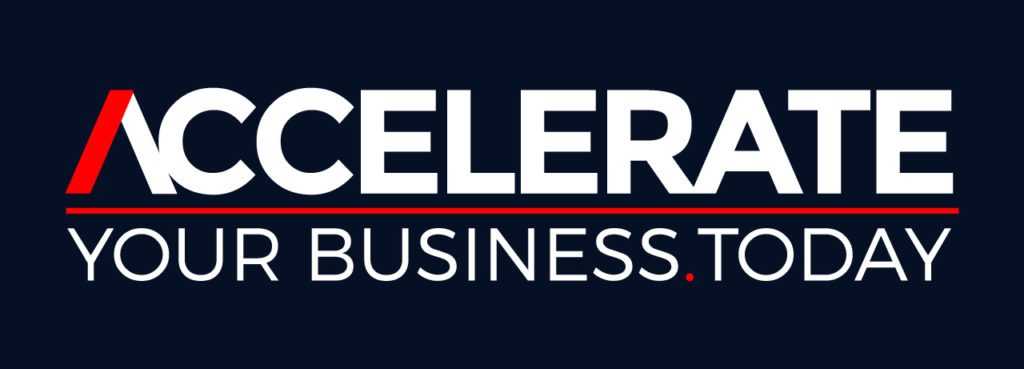Every significant market survey, research paper and buyer focus group finds that your ideal buyers want every business to explain better – your business’s why.
- Why should your ideal buyers only buy from your business rather than your competitors?
They want your business to articulate your differences of high value to your ideal buyers from the pack (your competitors) – differentiation.
The financial benefits are – selling more, lower cost to acquiring new buyers, better culture and overall business performance.
Three differentiation starting points
- Reverse brands;
- Breakaway brands;
- Hostile brands.
1. Reverse brands: assumes your buyers want more than your competitors and the industry’s current baseline.
- Ikea: their competitor’s stores are full of salespeople and furniture that lasts a long time. IKEA provides no in-store assistance, and the furniture might only last a while – you must assemble it. Ikea is a range leader – the width and depth of stock and styles are 10x their competitors at lower prices.
IKEA is the largest furniture store in the world – which no one copies. It has differentiated successfully from its competitors across the world.
- Chemist Warehouse: traditional chemists have fewer customers, smaller stores, and higher prices. Every vertical has or has had a price leader. Chemist Warehouse owns the high-volume chemist marketplace.
Breakaway brands: Significant differentiation from the norms in the industry to deliver their new products and services – filling the gap in the market that no one had seen before.
- Nappies manufacturer’s problem – parents were embarrassed to buy nappies for three-plus-year-olds. Pull-Ups that look like underwear for 3–5-year-olds saved wet beds, and profits soared.
Hostile brands: the love me or leave me brands- intentionally polarising. They capture ideal buyers’ attention with emotion and causes at the heart of their brand. If you are the target market, they make you comfortable. If not, they may make you uncomfortable – even angry. The aim – is to stand out in the sea of sameness.
- Clothing brands for skinny people -only,
- Brands for the new uber-rich people (or those aspiring to be) – Gucci and many others.
How to differentiate a rug business
Rugs are a traditional staple for furniture and flooring retailers.
For decades rugs have been visually lost – on the floor under dining settings and in front of lounges in retail stores – rarely getting sold, appearing as part of the showroom displays.
Alternatively, they get stacked on each other or hung on a wall frame so customers can flick the rugs to view them – neither works very well.
Customers who find the rug of their dreams – the right design and price – often find that the size they want is unavailable or will be months before it’s available.
The entire process – both consumers and retailers – would rather eat their arm off than go through it again.
Enter Ernesta, a differentiated new eCommerce rug site that solves many problems. View their website – a great job of differentiation and clearly articulating the value of a rug – in under 8 seconds.
The founder’s John Foley, and two former Peloton colleagues, Hisao Kushi and Yony Feng, provide custom-sized, well-tailored, and in-fashion rugs.
Like Warby Parker Glasses – an original Direct To Consumer retailer that provides sample frames delivered to your door to try on – so does Ernesta deliver samples of its rugs – choose up to five samples to understand how the rugs’ materials and textures look and feel in their home before purchasing the size you want – made to order.
Key differentiators
- Direct to Consumer,
- High-quality, in-fashion made-to-order rugs,
- On average lower prices than traditional made-to-order physical retail stores,
Enter Adams Golf, a direct-to-consumer golf equipment retailer.
- Its crucial differentiator is – Try our clubs for 60 days. If you love them, keep them. If you don’t, send them back.
Given the financial benefits of differentiation, what is your business doing to help improve demand generation today?
Could you remove your branding and logo from your business website and stores and replace them with your competitors – and few would notice?
If so, your business has a differentiation problem.
If your business says the same things, has similar content and offers similar to the rest of your industry – your business is just another in the sea of sameness.
It’s time to rise above the noise of your competitors – focus on a range of demand-generation initiatives.
Regards
David
